

- RFQ
- BOM
-
Contact Us
Tel: +86-0755-83501315
Email: sales@sic-components.com
- Chinese
- English
- French
- German
- Portuguese
- Spanish
- Russian
- Japanese
- Korean
- Arabic
- Irish
- Greek
- Turkish
- Italian
- Danish
- Romanian
- Indonesian
- Czech
- Afrikaans
- Swedish
- Polish
- Basque
- Catalan
- Esperanto
- Hindi
- Lao
- Albanian
- Amharic
- Armenian
- Azerbaijani
- Belarusian
- Bengali
- Bosnian
- Bulgarian
- Cebuano
- Chichewa
- Corsican
- Croatian
- Dutch
- Estonian
- Filipino
- Finnish
- Frisian
- Galician
- Georgian
- Gujarati
- Haitian
- Hausa
- Hawaiian
- Hebrew
- Hmong
- Hungarian
- Icelandic
- Igbo
- Javanese
- Kannada
- Kazakh
- Khmer
- Kurdish
- Kyrgyz
- Latin
- Latvian
- Lithuanian
- Luxembou..
- Macedonian
- Malagasy
- Malay
- Malayalam
- Maltese
- Maori
- Marathi
- Mongolian
- Burmese
- Nepali
- Norwegian
- Pashto
- Persian
- Punjabi
- Serbian
- Sesotho
- Sinhala
- Slovak
- Slovenian
- Somali
- Samoan
- Scots Gaelic
- Shona
- Sindhi
- Sundanese
- Swahili
- Tajik
- Tamil
- Telugu
- Thai
- Ukrainian
- Urdu
- Uzbek
- Vietnamese
- Welsh
- Xhosa
- Yiddish
- Yoruba
- Zulu
- Kinyarwanda
- Tatar
- Oriya
- Turkmen
- Uyghur
Types Of Converters In Power Electronic, Working, Pros & Cons, Applications
In an increasingly electrified world, power converters have emerged as indispensable components that bridge the gap between various forms of electrical energy. Ranging from the chargers that power our smartphones to the large-scale systems enabling the integration of renewable energy sources, these devices play a pivotal role in regulating, converting, and optimizing electrical power to meet the specific demands of diverse applications. With the surging demand for efficient, reliable, and sustainable energy solutions, a comprehensive understanding of power converters, including their types, functions, and impacts, has become crucial for both the industry and consumers alike.
Definition of Power Converters
A power converter is an electrical device that transforms electrical energy from one form to another by manipulating voltage, current, or frequency. At its core, it relies on power semiconductor devices such as MOSFETs, IGBTs, and thyristors, along with passive components like capacitors and inductors, to control the flow of electrical power. Regulation signals are of utmost importance as they help in reducing noise and harmonics, ensuring a clean and stable output. The system comprises two key elements:
Converter: This part modifies the electrical characteristics, for example, facilitating the conversion from alternating current (AC) to direct current (DC).
Controller: It utilizes integrated circuits to manage the operation of the converter, optimizing performance and ensuring safety.
Types of Power Converters
AC-DC Converters (Rectifiers)
Rectifiers are responsible for converting AC to DC, a process that is essential for powering electronic devices. The traditional diode bridge rectifier is a common type, but it suffers from high harmonic distortion. Modern designs incorporate power factor correction (PFC) circuits to enhance efficiency and minimize the impact on the power grid. Their applications span from laptop chargers to industrial battery charging systems.
DC-AC Converters (Inverters)
Inverters reverse the rectification process, converting DC back into AC. They are vital in renewable energy systems, such as solar panels, where they transform the DC power generated into AC power that is compatible with the electrical grid. Inverters utilize semiconductor switches, like IGBTs, to generate a sinusoidal waveform. Their main applications include:
Emergency Power Supply: Uninterruptible power supplies (UPS) in hospitals and data centers rely on inverters to ensure a continuous power supply during outages.
Motor Drives: Inverters are used to control the speed and torque of industrial motors, enabling precise operation.
Transportation: In electric vehicles (EVs), inverters convert the electrical energy stored in the battery into the AC power required by the traction motor.
DC-DC Converters (Choppers)
This category of converters is used to regulate DC voltage. Buck converters are employed to step down the voltage, as seen in mobile phone chargers, while boost converters are used to increase the voltage, for example, in photovoltaic systems to meet the grid requirements. Buck-boost converters combine both functions. They use pulse width modulation (PWM) to control power transfer, achieving high efficiency levels of up to 95%. Applications of DC-DC converters include:
Electric Vehicles: They regulate the battery voltage for charging and motor operation, ensuring optimal performance.
Renewable Energy: By implementing maximum power point tracking (MPPT), DC-DC converters maximize the extraction of power from solar panels.
AC-AC Converters
Cycloconverters
These converters directly convert AC power from one frequency and voltage to another, typically reducing the frequency. While forced commutation is suitable for specific applications, line commutation designs are more common. Cycloconverters are used to power large, low-speed motors in industries such as cement manufacturing or ship propulsion.
AC Voltage Controllers
Using thyristors in an anti-parallel configuration, these converters regulate the AC voltage while maintaining the frequency. They are used to control functions such as light dimming, fan speed adjustment, and transformer tap changers, optimizing energy consumption in both building and industrial environments.
Specialized Converters
Voltage Source Inverters (VSI): Derived from a DC power source, VSIs are used in motor drives and UPS systems, prioritizing a stable voltage output.
Current Source Inverters (CSI): Ideal for high-power applications, CSIs can control the current, but they also face challenges such as low-frequency instability and larger component sizes.
Key Technologies and Control Methods
Semiconductor Advancements
Materials such as silicon carbide (SiC) and gallium nitride (GaN) offer several advantages over traditional silicon. They have higher breakdown voltages, faster switching speeds, and lower losses. These properties enable the development of smaller and more efficient converters, especially in high-frequency applications like EV chargers.
Control Strategies
Pulse Width Modulation (PWM): Widely used, PWM regulates power by varying the on-time of the switching elements.
Soft Switching: Technologies such as zero voltage switching (ZVS) and zero current switching (ZCS) minimize losses during semiconductor transitions.
Digital Control: Microcontrollers and digital signal processors (DSPs) support real-time monitoring, fault detection, and the implementation of complex algorithms, such as maximum power point tracking (MPPT) in renewable energy systems.
Applications Across Industries
Consumer Electronics
From mobile chargers to smart home devices, power converters optimize battery charging, manage power distribution, and ensure compatibility with various voltage standards. They play a crucial role in enhancing the performance and longevity of these devices.
Transportation
In the realm of EVs, DC-DC converters supply power to auxiliary systems such as headlights, while inverters drive the traction motor. Hybrid vehicles rely on converters to balance the energy flow between the battery and the engine, improving fuel efficiency and reducing emissions.
Renewable Energy
Power converters act as the interface between solar panels, wind turbines, and energy storage systems and the electrical grid. They adjust the variable output of renewable energy sources to match the grid specifications, enabling seamless integration and ensuring a stable power supply.
Industrial Automation
Power converters control the speed, torque, and direction of motors in factories, enhancing operational efficiency and precision. High-power converters are also used to power arc furnaces in steel production, contributing to the overall productivity of the industry.
Advantages and Challenges
Advantages
Efficiency: Modern power converters can achieve efficiencies of up to 99%, significantly reducing energy waste and contributing to cost savings and environmental sustainability.
Compactness: Thanks to integrated designs and advanced materials, power converters have become smaller in size, making them more suitable for a wide range of applications, especially those with space constraints.
Reliability: Solid-state components in power converters have a longer lifespan compared to mechanical components, reducing the need for frequent maintenance and replacement.
Challenges
Cost: The use of specialized semiconductors and complex control circuits can increase the initial investment required for power converters, making them less accessible for some applications.
Overload Limitations: Power converters have limited tolerance to sudden electrical surges, often requiring additional protection measures to prevent damage.
Harmonic Distortion: Certain converter designs can generate electrical noise, necessitating the implementation of filtering solutions to ensure compliance with electrical standards.
Future Trends
Integration with the Internet of Things (IoT): Smart power converters will be able to communicate with the electrical grid and other devices, enabling demand response mechanisms and predictive maintenance. This will enhance the overall efficiency and reliability of the power system.
Ultra-High Power Applications: Research is focused on developing megawatt-scale converters for grid-scale energy storage and long-distance power transmission, addressing the growing energy demands of the future.
Sustainability: There will be a continued push towards using recyclable materials in converter design and minimizing the environmental impact, aligning with the global drive for sustainable development.
Conclusion
Power converters are the linchpin of modern electrical systems, enabling efficient energy utilization across various sectors. As technology continues to evolve, these devices will become smarter, more efficient, and more versatile, driving the transition towards a sustainable electrified future. Whether powering a global data center or a handheld device, their role in optimizing electrical energy is unparalleled.
Introducing Our Latest Product - Converter Power Electronics!
Our advanced power electronics converters are designed to efficiently convert and control electrical energy from one form to another, enabling seamless integration with a wide range of applications. Whether you need to convert AC to DC, DC to AC, or DC to DC, our converters offer reliable and precise power conversion to meet your specific needs. With cutting-edge technology and innovative design, our converter power electronics feature high efficiency, low harmonic distortion, and reliable performance. It is suitable for various industries, including renewable energy, electric vehicles, industrial automation, and power distribution. Our product is equipped with comprehensive protection functions to ensure safe and reliable operation in various environments. Its compact and lightweight design also makes it easy to install and integrate, making it an ideal solution for applications with limited space. Experience the efficient and reliable power conversion brought by our converter power electronics. Upgrade your system with our advanced power electronics solution to optimize performance and maximize productivity.
https://www.sic-components.com/transformers/switching-converter-smps-transformers?page=37

Hot Products
View MoreRelated Blogs

2000+
Daily average RFQ Volume

30,000,000
Standard Product Unit

2800+
Worldwide Manufacturers

15,000 m2
In-stock Warehouse



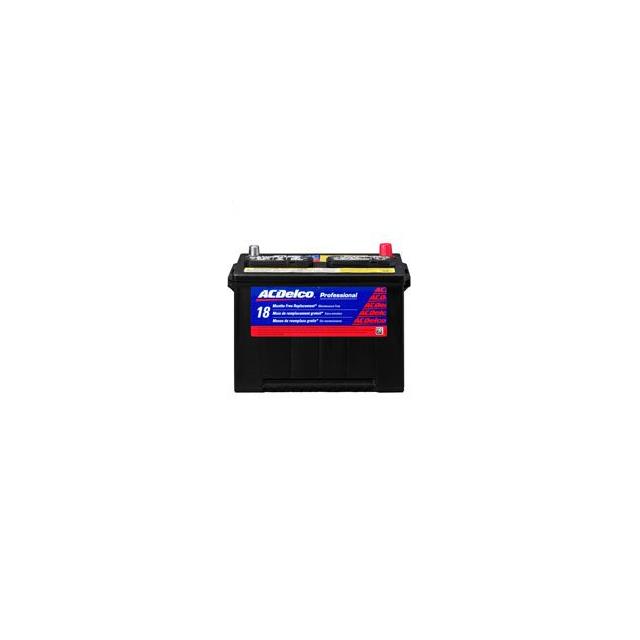
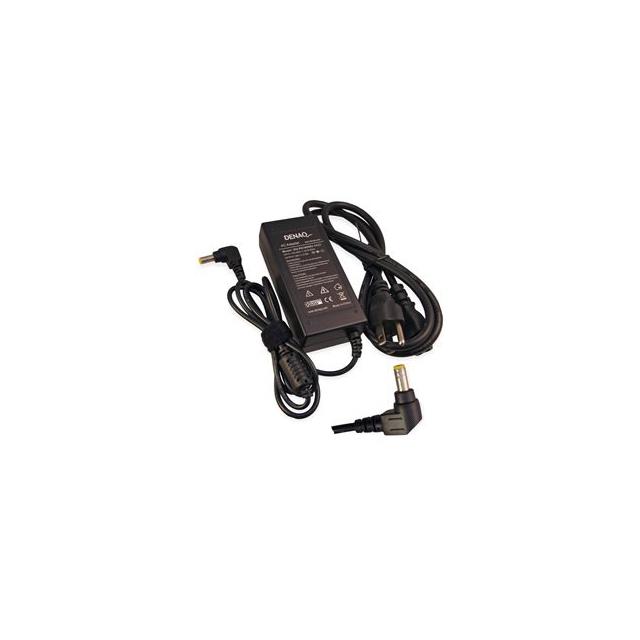

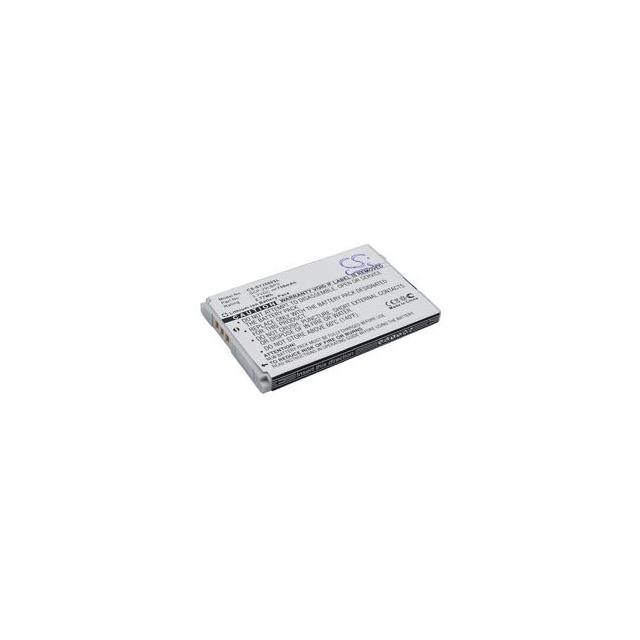

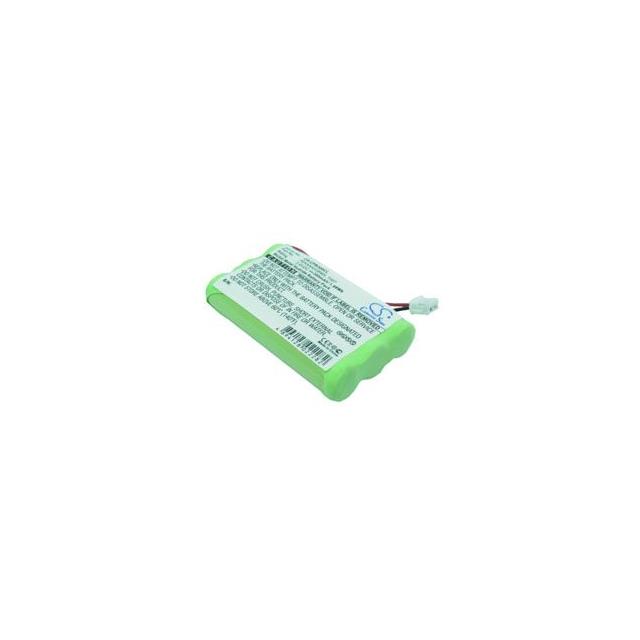
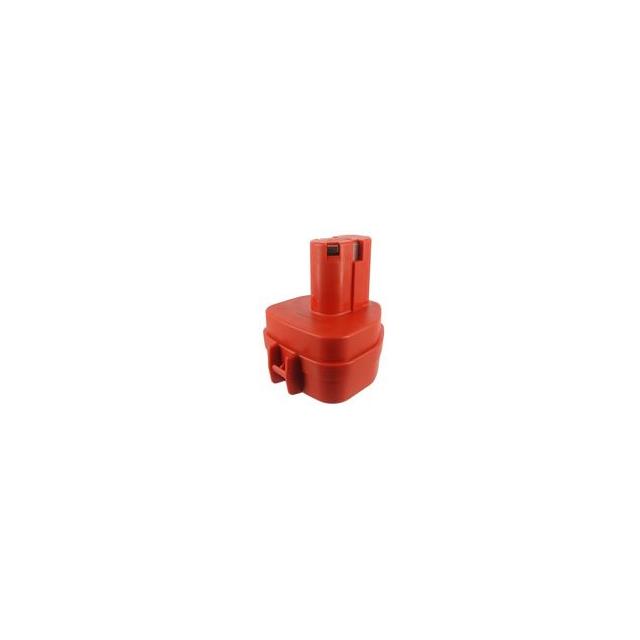
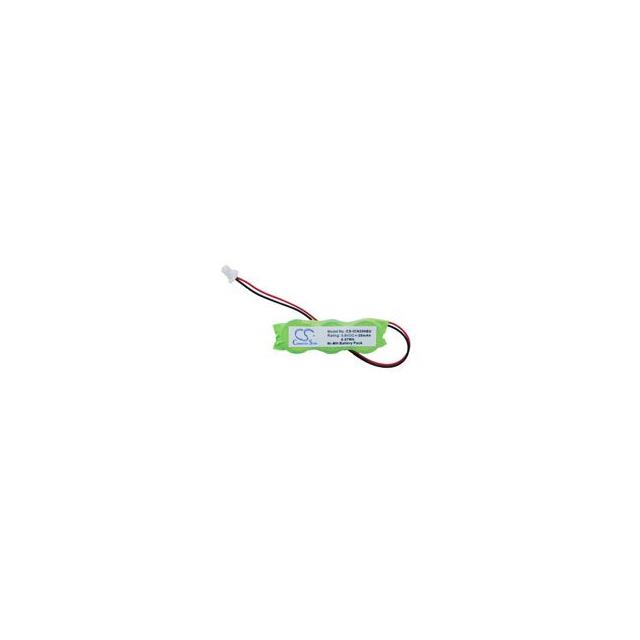

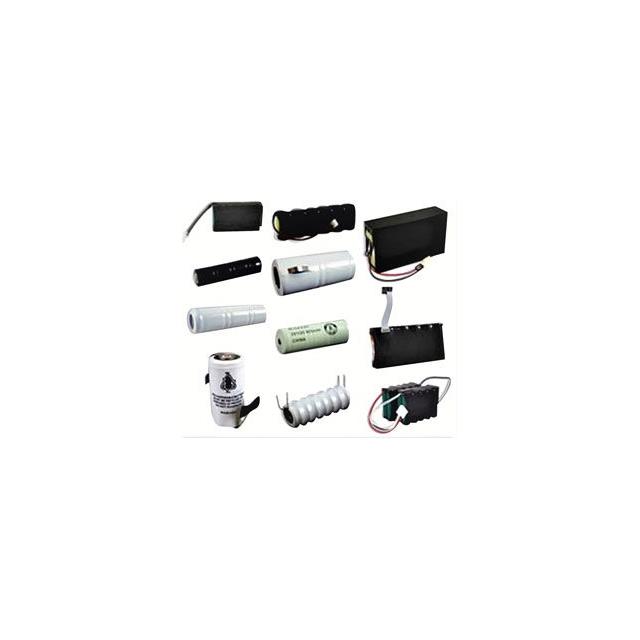
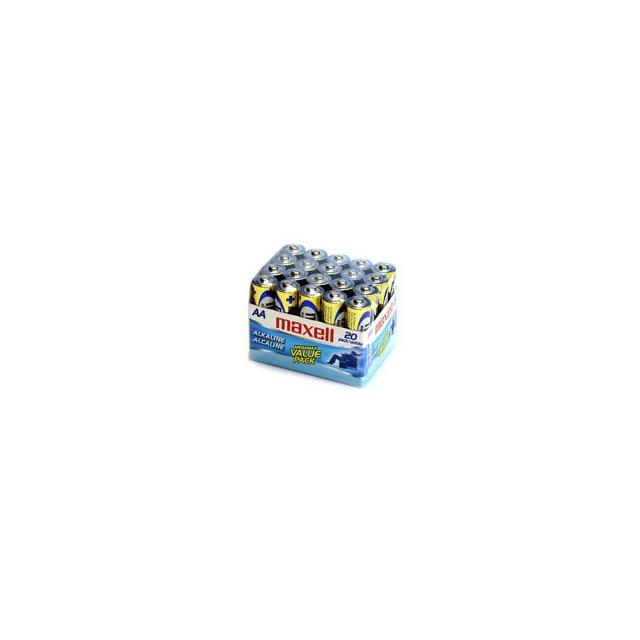
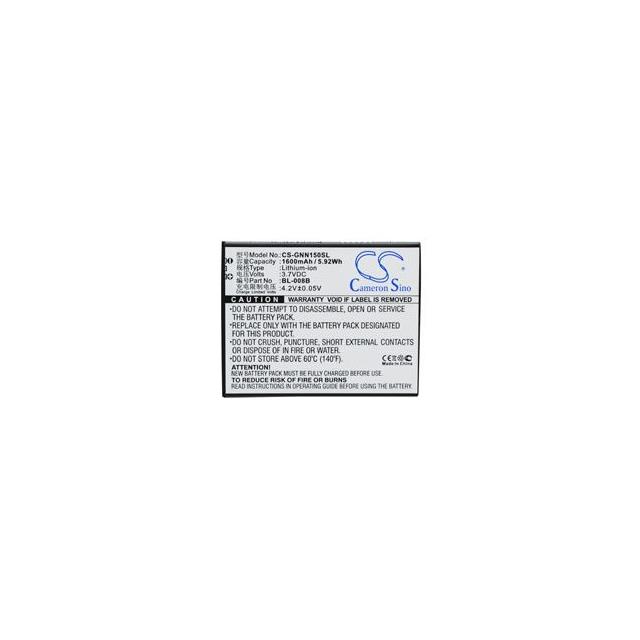

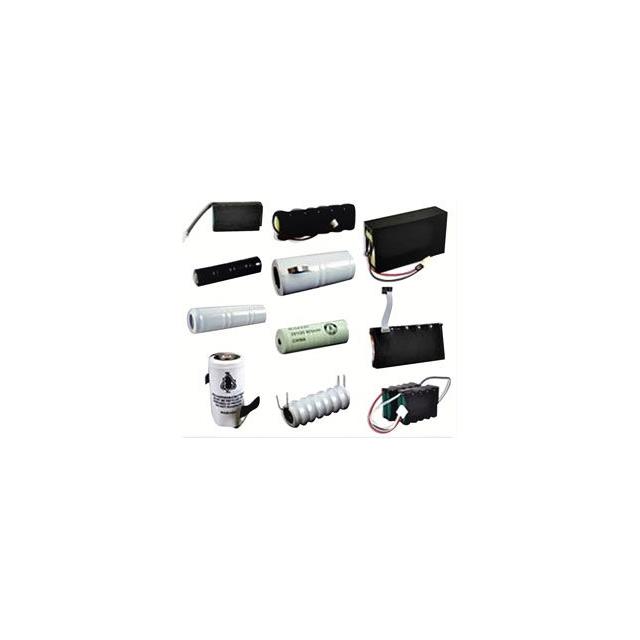
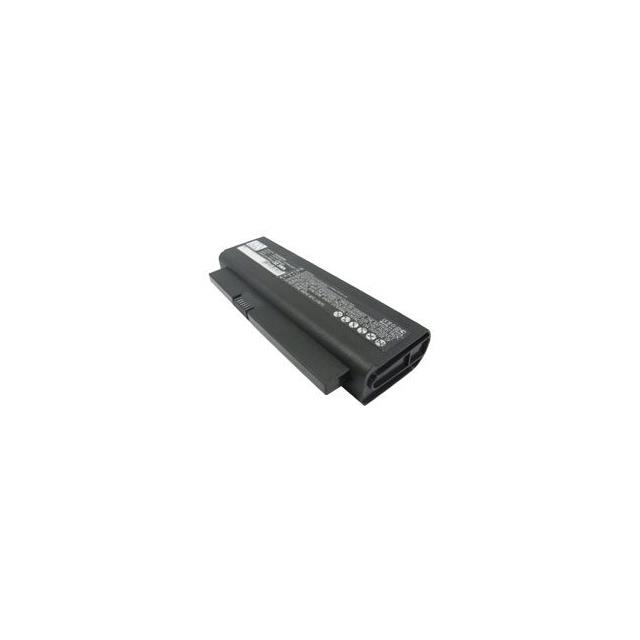
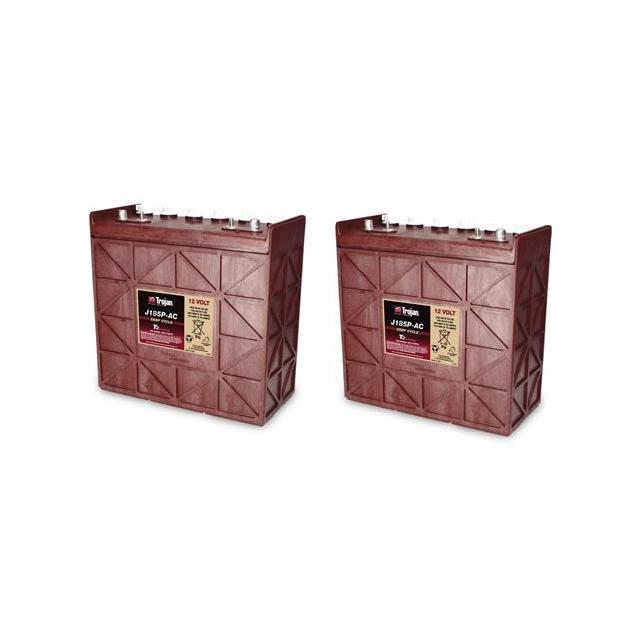
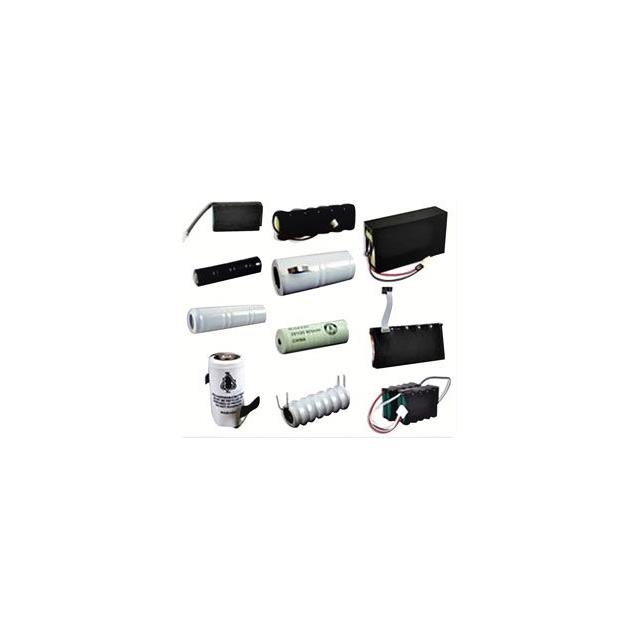
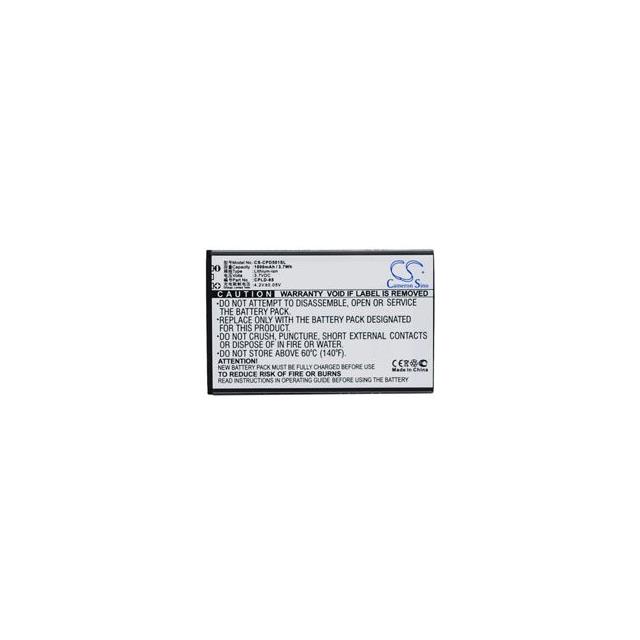

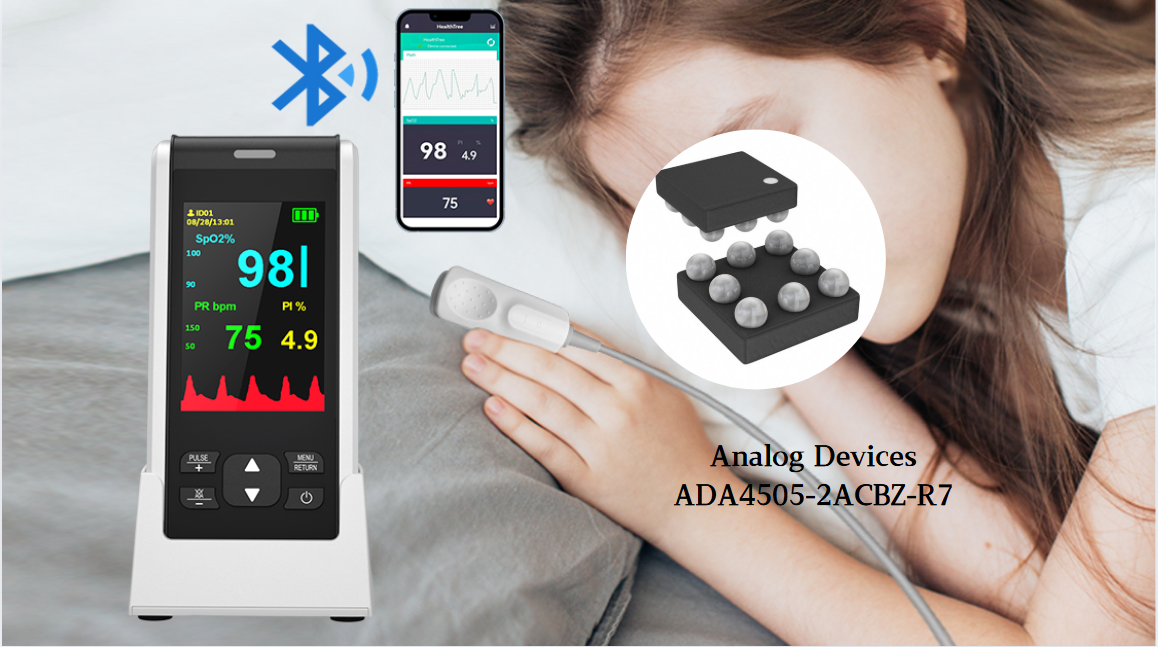
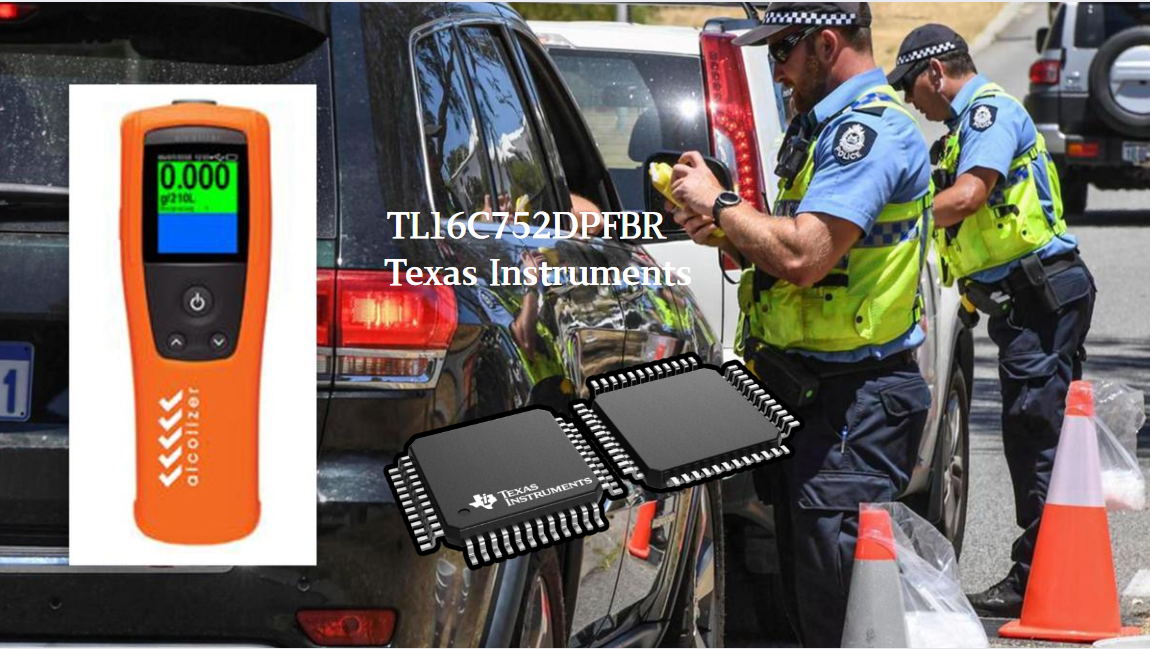
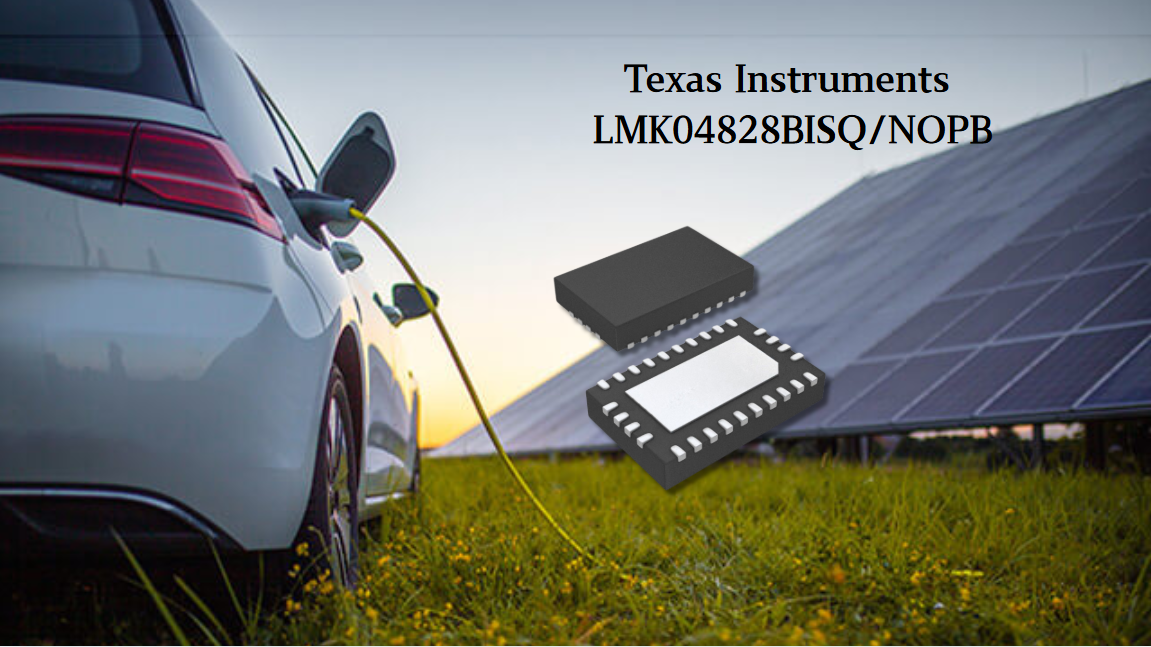
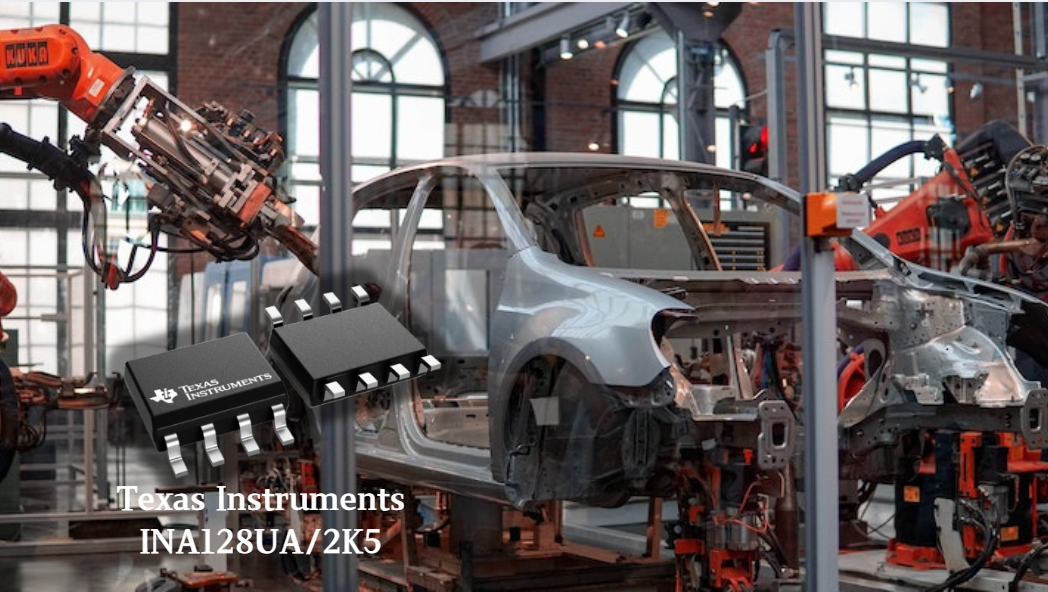
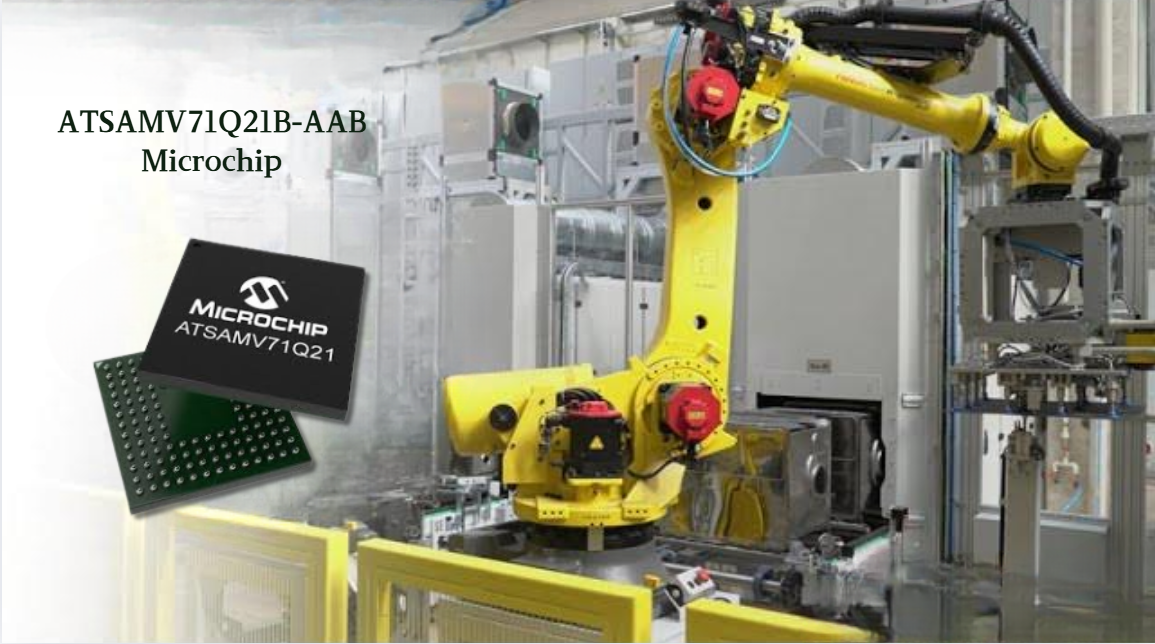
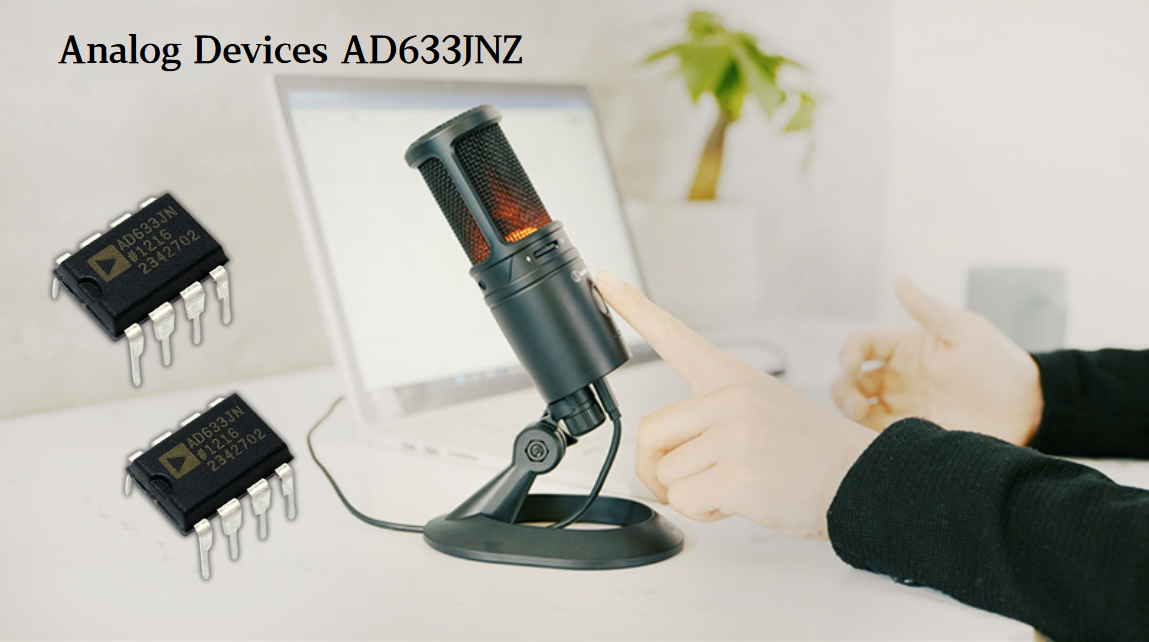
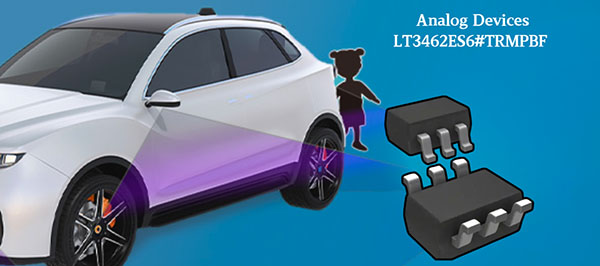
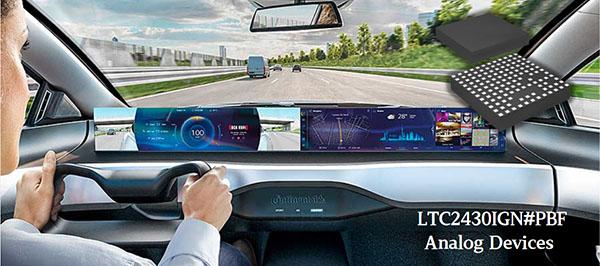

 Wishlist (0 Items)
Wishlist (0 Items)